So You Want to Invest in the Watch Industry . . .
Watch collectors generally agree that one of the key principles of watch collecting, especially when it comes to vintage watches, is to “buy what you like”.
This strategy is usually successful over the longer term as it entails developing and refining your own taste, which is what will ultimately set you apart as a successful collector, irrespective of whether this term is measured in financial values or the coherence of your collection.
And in a worse-case scenario, you will end up with a collection of watches that you can actually enjoy, rather than what was “hot” at the time.
This principle dovetails with one of the best-known dictums in the investment world: Warren Buffett’s oft-repeated mantra, “I only invest in what I understand”.

Nonagenarian Buffett is generally regarded as the world’s most successful stock market investor, basing his approach on “value investing,” which seeks out companies that, by one or more metrics, appear to be undervalued in relation to their sector or the market as a whole, and therefore offer long-term growth potential.
In addition to this, Buffett’s strategy of investing in profitable companies with strong cash flow and whose products and business models he understands has served him well over the years, although it did mean he missed out on much of the earlier stratospheric growth of technology companies such as Microsoft and Oracle. However, his firm, Berkshire Hathaway, is now a major shareholder in Apple.
If you are a watch collector or simply interested in watches (and if you are reading this, you probably are), the relevance of all this is that you probably have a better understanding of the historical and technical aspects of watchmaking and the new and used watch markets than anyone – even Warren Buffett.
Armed with this specialist knowledge and a stake of as little as $500, as an “informed investor” you are potentially well-placed to successfully invest, through the stock market, in the numerous watch manufacturers that are, or belong to, publicly listed companies.
————————————————————————————————————–
—————————————————————————————————–
What you can (and can’t) invest in – note that this is just information, it’s not investing advice
Like most industrial sectors, the history and evolution of the watch manufacturing industry in Switzerland and elsewhere involved a process of consolidations and takeovers, with the result that most of the leading watch brands are owned by very large groups that also own other watch manufacturers, alongside fashion and accessories brands. This means that you can’t invest directly in Omega, for example, or Cartier.
This has an upside in that, just as you can spread your stock market risk by investing in a mutual fund that invests in dozens or hundreds of companies, rather than betting on individual companies whose share prices may be extremely volatile, by investing in (for example) Omega’s parent company, Swatch Group, you are also investing in Omega’s stable mates such as Tissot, Longines and movement manufacturer ETA (which itself supplies companies within and outside the Swatch group).
So, with no further ado, here are just some of the listed companies you can invest in, together with the watch brands to which they offer access:
LVMH
LVMH, borne of the merger between Louis Vuitton and Moët-Hennessy, was the first luxury mega-conglomerate and made its founder Arnault one of the world’s richest men, surpassing even Elon Musk for a few months earlier this year. Its watch brands include Zenith, Bulgari, Tag Heuer, Hublot, and Gerald Genta.

LVMH Maison Vendôme, Paris
It is worth bearing in mind that these watch companies probably account for just a fraction of LVMH’s sales, which also derive from the likes of Marc Jacobs, Givenchy and Chateau d’Yquem, to name but three.
Still, LVMH constitutes an excellent investment for the long term as recent negative sentiment from China in recent months has weighed heavily on the price, making its valuation more attractive.
LVMH shares are listed on the Paris and Euronext markets as MC.
—————————————————————————————————–
—————————————————————————————————–
Richemont
Richemont (Compagnie Financière de Richemont) has evolved from a mining and tobacco conglomerate into a luxury brands group in the mold of LVMH. Its watch portfolio is more interesting than LVMH’s, as it includes A Lange & Sôhne, Baume & Mercier, Cartier, IWC, Jaeger-LeCoultre, Panerai, Piaget and Vacheron Constantin.

Richemont Group headquarters in Geneva
This is an attractive mix of storied historical names, fashion, jewelry, and horological giants. It also has one foot in the pre-owned market, as it acquired London-based Watchfinder in 2018.
Like LVMH, Richemont’s share price has pulled back significantly from its July ’23 high, and currently represents a buying opportunity for watch collectors willing to invest in the quality and prestige of the Lange, Cartier, and IWC brands.
Richemont shares (CFR) are listed only on the SIX Swiss stock exchange, which may limit availability in other countries.
Swatch Group
Tracing its roots back to the merger of Omega and Tissot in 1930 and a bank-enforced merger of two failed movement manufacturers, Swatch enjoyed enormous success with its eponymous quartz and plastic watches.

Swatch Group headquarters in Biel/Bienne, Switzerland
The Swatch Group acquired the newly-revived Blancpain along with Breguet and Glashütte Original in the 1990s.
It also owns ETA, Switzerland’s largest movement manufacturer with a near-monopolistic hold on the market.
Swatch shares have performed poorly since 2013, losing 60% of their value, but have enjoyed something of a recovery since 2020, partly due to the success of the Speedmaster and Blancpain tie-ups.
Swatch shares are traded on various European platforms including London, Berlin, and Brussels.
In addition to the above groups, France’s Hermes has become a respected watchmaker through its Swiss operations.
—————————————————————————————————–
—————————————————————————————————–
Elsewhere in the world
Switzerland is not the only country that makes watches, of course. Japan’s Seiko and Citizen watches are produced by listed companies whose shares are accessible via European and Euronext platforms.
Seiko watches and stopwatches are manufactured by Seiko Group Corporation under the Grand Seiko, Prospex, Astron, Presage, and Seiko 5 Sports brand names, in addition to a range of electronic and other products.
Grand Seiko in particular has become a force to be reckoned with at the higher quality end of the market. Like Swatch, Seiko shares have performed poorly over the last 10 years but have recovered ground since 2020.
The same goes for Citizen Watch Co., which is predominantly a watch company known for its solid dive watches and extremely accurate quartz and atomic-controlled watches, such as the Chronomaster line.
Citizen also owns Bulova, La Joux Perret, Frédérique Constant, and Arnold & Son, and makes the workhorse Miyota quartz and mechanical movements.
Like Swatch Group, Citizen Watch Co. is, as its name suggests, a pure watch play if that is what you are looking for.
In the US, Movado Group (which owns Movado and Ebel) and Fossil (Zodiac) are listed companies, but the bulk of their watch sales derive from cheaper quartz and fashion watches.
Other ways to invest
Bricks-and-mortar watch retailing is booming, as evidenced by the opening of luxurious single-brand stores by the likes of Breitling, IWC, and Tudor and by acquisitions in the sector such as Bucherer (Rolex), and UK-based Watches of Switzerland Group (WOSG), which listed on the London Stock Exchange in 2019.
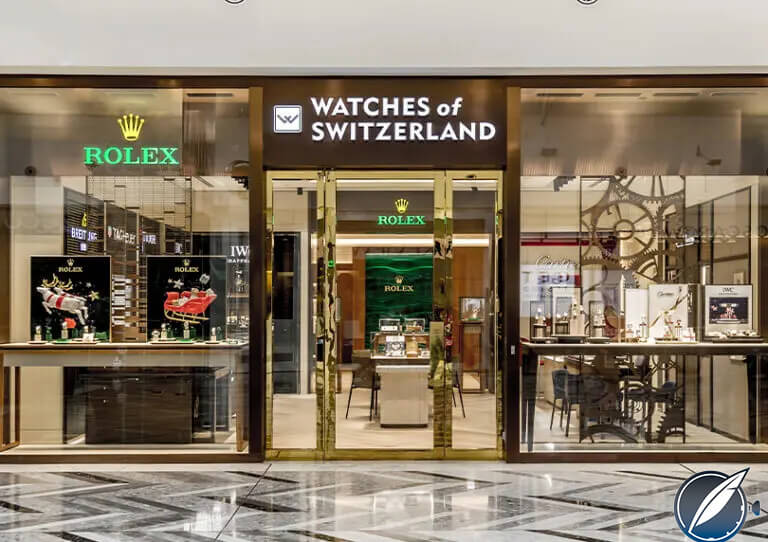
Watches of Switzerland boutique
Following a strong run after its IPO, the WOSG share price has halved since 2021 but stands to gain from a retail recovery now that inflation is falling, and interest rates have peaked and are expected to start falling in 2024.
As with the above-mentioned conglomerates, an investment in a retailer such as Watches of Switzerland Group would spread your risk across a broad range of leading watch brands, including Rolex.
Caveat investor…
Investing directly in the early stages of a watch manufacturer’s growth offers both potentially large gains, especially if the company goes public one day, and a rewarding degree of involvement with the company’s management and its products.

Investing at the early stage also carries the greatest risk, in that private companies are notoriously illiquid and difficult to value, and you could lose your entire stake if the company folds.
If the next Roger W Smith comes knocking on your door looking for a backer for his latest hand-made manual-wind perpetual calendar, just remember the other golden rule of investing: never invest money that you can’t afford to lose.
You might also enjoy:
6 Steel Sports Watch Options that are Both (Relatively) Affordable and Definitely Obtainable
Mythbusting: 3 Persistent Patek Philippe And Rolex Myths Debunked
The Unintentional Watch Collector: An Unplanned Watch Collection Spanning Eight Decades
Leave a Reply
Want to join the discussion?Feel free to contribute!

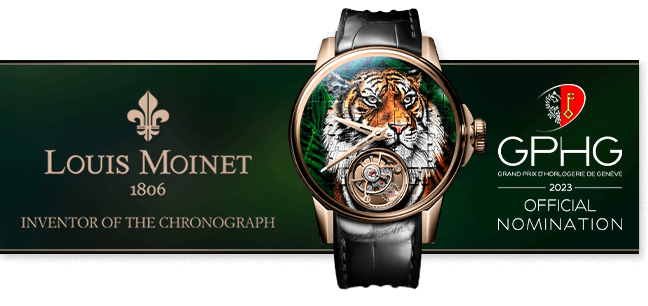
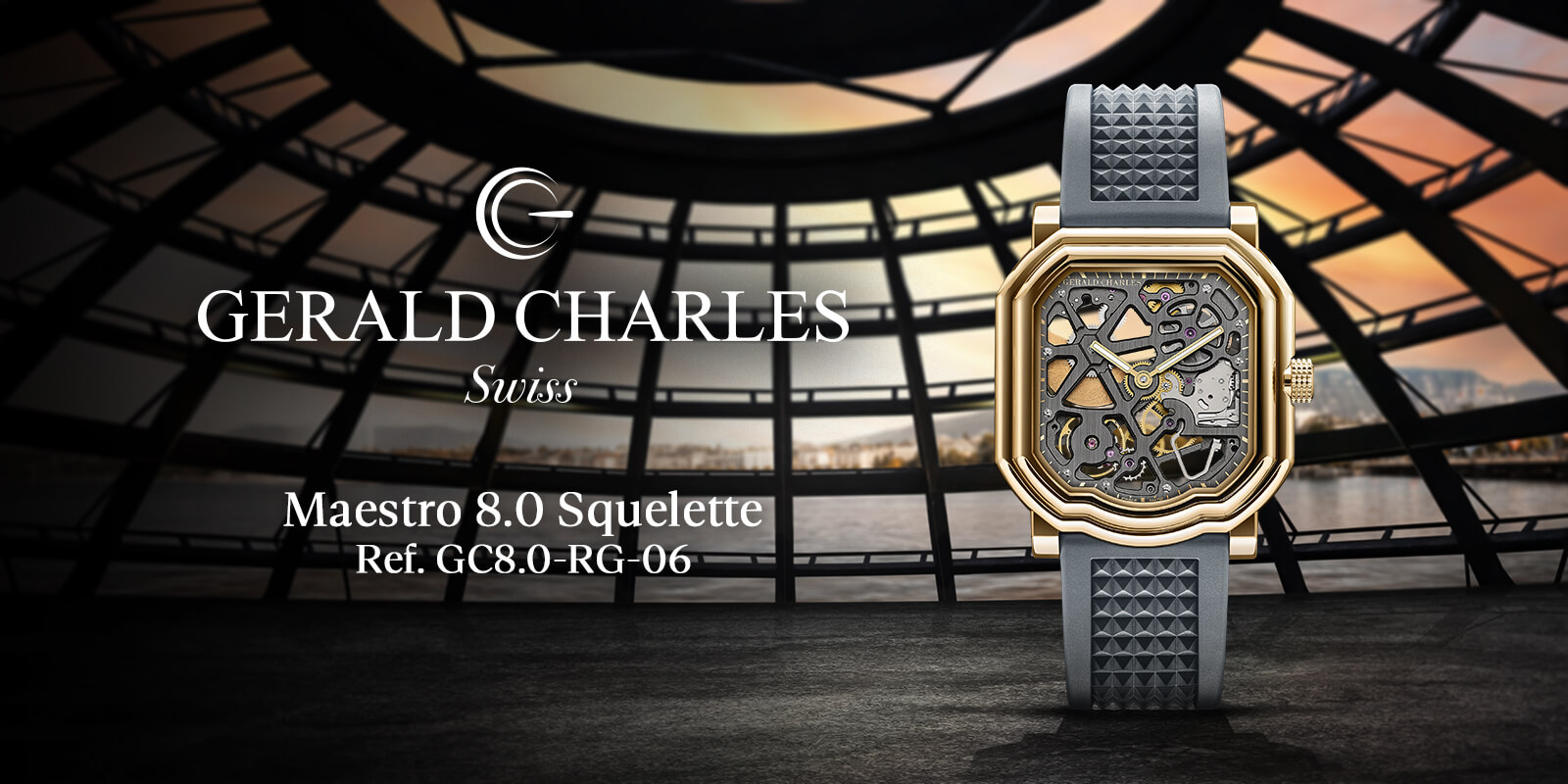
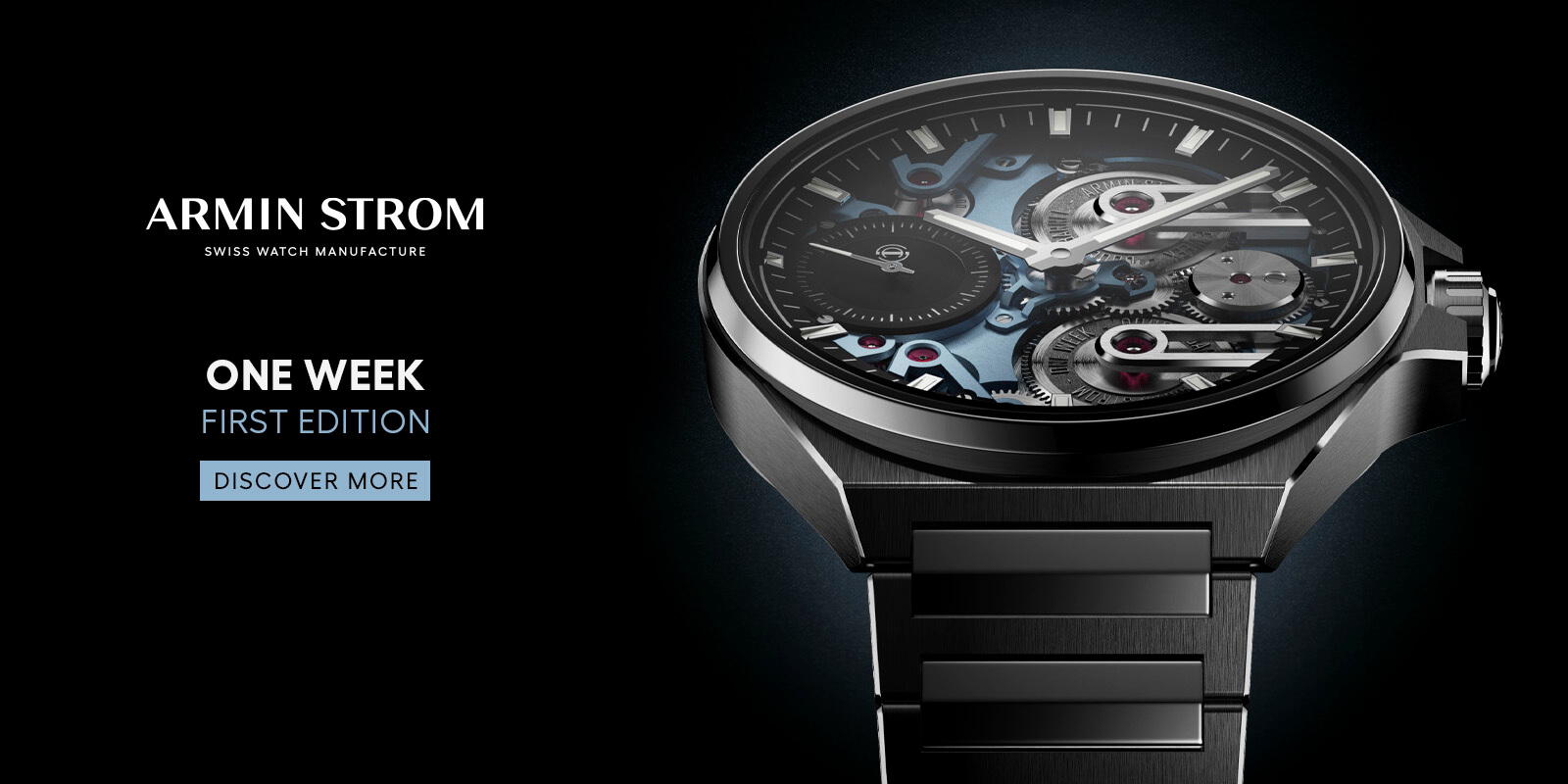
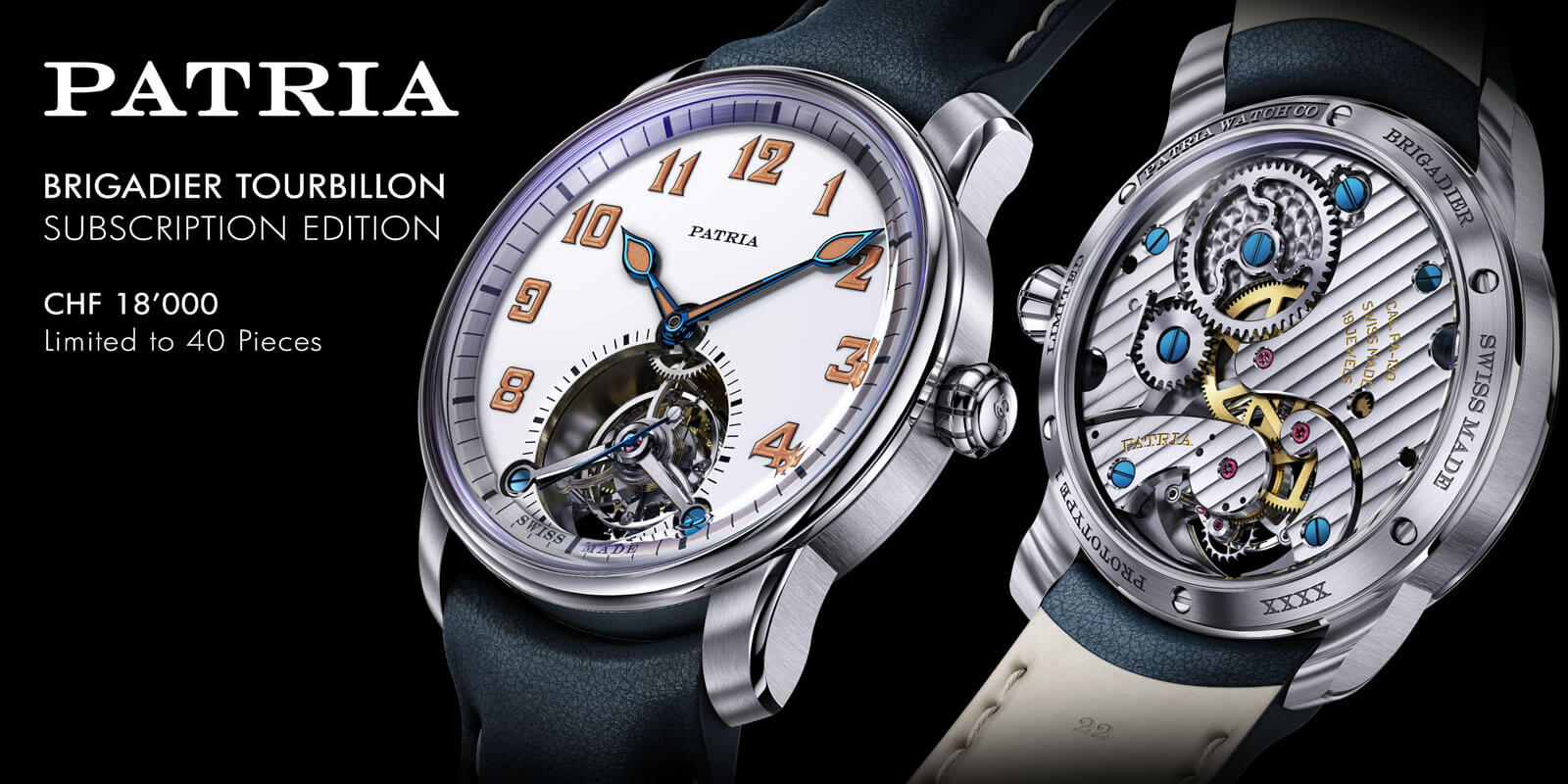


GP and UN are owned by the Sowind Group, not by Kering.
Thank you Hamza, Kering sold Sowind, which owns GP and UN) in a management buyout last year. So you can look at the brands as either independent or a new group of two brands.
Regards, Ian